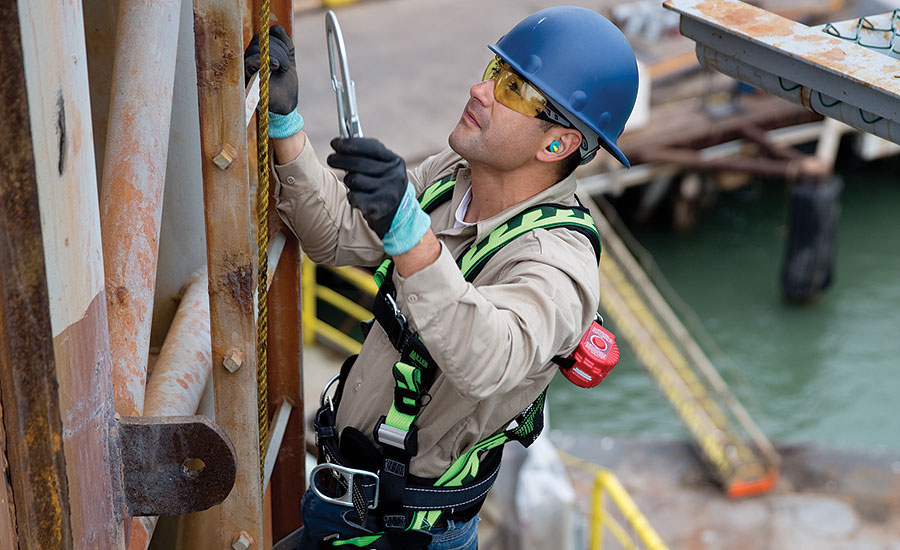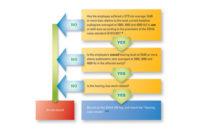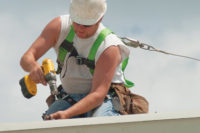Noise control is difficult in refining and chemical plant environments. To mitigate hazardous noise, personal protective equipment (PPE), i.e. hearing protection, is often required.
A common misconception is that OSHA Noise regulations do not apply to the oil and gas industry. The exemption in CFR 1910.95, “Occupational noise exposure,” states, “Paragraphs (c) through (n) of this section shall not apply to employers engaged in oil and gas well drilling and servicing operations.” Of course, other parts of the oil and gas industry (i.e. hydrocarbon processing) do fall under “General Industry” and are subject to the full regulation.
The exemption only applies to drilling and servicing operations. The exempted part of the OSHA regulation describes the need for a continuing, effective Hearing Conservation Program.
For every part of the oil and gas industry, the bottom line is this: if administrative and engineering control efforts have been made, but the noise remains at a hazardous level, managers must explore PPE options. The choice of which PPE to use depends on the site’s noise level, environment, and communication needs, as well as the individual worker’s preferences. However, the choice of which hearing protector to use is often made solely or at least primarily on the Noise Reduction Rating (NRR) of the product.
Some factors to consider in hearing protection selection include:
• Capability of the protector (measured by NRR)
• Ability to fit the protector (measured by PAR)
• Comfort (measure by individual assessment)
• Ease of fit (measured by individual assessment)
• Compatibility with other PPE
To understand why we shouldn’t depend exclusively on the NRR to let us know if our employees are protected, we must understand how the NRR is determined and its purpose.
Laboratory testing
The result is the Noise Reduction Rating (NRR). Figure 1 shows a sample distribution of attenuation test results.

Capability of the protector (measured by NRR)
The Noise Reduction Rating is a laboratory estimate of the amount of attenuation achievable by 98 percent of users when properly fit. It is a population-based rating; some test subjects achieved more attenuation, a few got slightly less. While it is true that the higher the NRR number associated with a hearing protector, the greater the potential for noise reduction, the key word is “potential.” By definition, the purpose of the NRR is to distinguish the capability of the hearing protector and not to predict the protection for any given user.
What we know from the NRR is the general capability of a hearing protector; now we need to consider the user’s ability to fit that protector.
Ability to fit the protector
(measured by PAR)
Monitoring the ability of exposed workers to fit their hearing protection helps ensure proper use of PPE to bring noise exposures below the permissible exposure limit of 90 dB. It is relatively easy to check the fit of earmuffs visually. A seal must be maintained between the wearer’s head and the cushions of the earmuff. However, the seal for an earplug is inside the ear canal and is not visible. Earplug fit-testing allows an individual to measure the attenuation he or she personally achieves with a given earplug. This measure is called a Personal Attenuation Rating or PAR.
New fit testing systems now make it easy to get a real-world, personalized picture of an employee’s ability to use his or her earplugs. There are 3 methods to individually fit-test earplugs.
The first fit-testing method is called Real Ear Attenuation at Threshold (REAT). This is the same method as described above to determine the NRR; however, since this measure is applied only to this individual, no adjustments are needed for standard deviations, etc.
A second fit-testing method, called Loudness Balance, involves the individual matching the loudness of sounds in the left and right ears. This task is done with and without earplugs.
Both the REAT and Loudness Balance methods can test any earplug.
A third method, called Field Microphone in Real Ear (F-MIRE), involves measuring the difference in sound level outside and inside of a surrogate earplug. “Compensation factors” are applied to this objective measure of noise reduction to account for human response and the differences between the surrogate earplug and the real earplug. Those compensation factors are determined much like the NRR method described above.
Any of the fit-testing methods can help to determine whether an employee is receiving optimal protection, requires additional training on how to fit earplugs, or needs to try a different model.
Comfort, ease of fit and compatibility with other PPE
The ease of use of hearing protection must be addressed at an individual level. Listen to workers and work with safety professionals to truly to protect workers’ hearing. The best hearing protection is the one that is worn.



